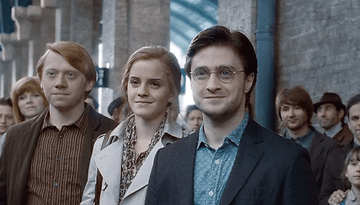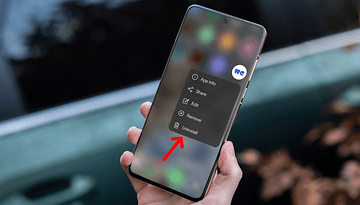Lilo and Stitch: Many of the Original's Flaws Make it a Better Live-Action Film


The live-action remake of Lilo and Stitch is a big hit: in its first weekend of release in the U.S., this live-action adaptation of the Disney classic grossed $183 million. This is better than the original, released in 2002, which earned $145 million over the same period. Even so, many fans are up in arms about certain changes to the character and narrative. Personally, I find that many of these changes make Lilo and Stitch one of the least catastrophic live-action adaptations of recent years.
Editor's note: The rest of this article contains spoilers about both Lilo and Stitch films, the 2002 original and the 2025 live-action remake.
I went to see Lilo and Stitch with my sister last weekend. Apart from the fact that we both got a kick out of remembering that the original came out in 2002, 23 YEARS AGO, we rather liked the film. Even some of the changes and omissions from the original seemed beneficial to me. The independence of the character of Nani, Lilo's older sister, or the total absence of Captain Gantu, the villain in the original film. And even the choice to overlook Agent Pleakley's tendency to cross-dress.
All these deviations make the remake a better film, in my opinion. But some fans see them as insults to the original film's message. I don't necessarily agree, even though I've found some of the arguments in this direction very interesting. And for that matter, for me too, the Lilo and Stitch of 2025 make unforgivable mistakes.
Lilo's character has nothing to do with the original
In the 2002 animated film, Lilo is a special little girl. She has a very special, "out-of-the-box" intelligence combined with a vivid imagination that makes her creative, sensitive, and sometimes neurotic.
She lacks the maturity and emotional intelligence, let alone the anxieties and concerns, of a child her age. And this is reinforced by the contrast with the personalities of the other children in Lilo's social circle, who are mean and don't really understand the character. Mean like children who reject or fear what they don't know.
The Lilo of the 2025 remake is much more "normal". She has a more childlike personality. And that's not a pejorative - she cares about the welfare of animals, she still has her deformed doll that needs head surgery. But she's more like my idea of a child her age, or maybe my idea of myself at that age?
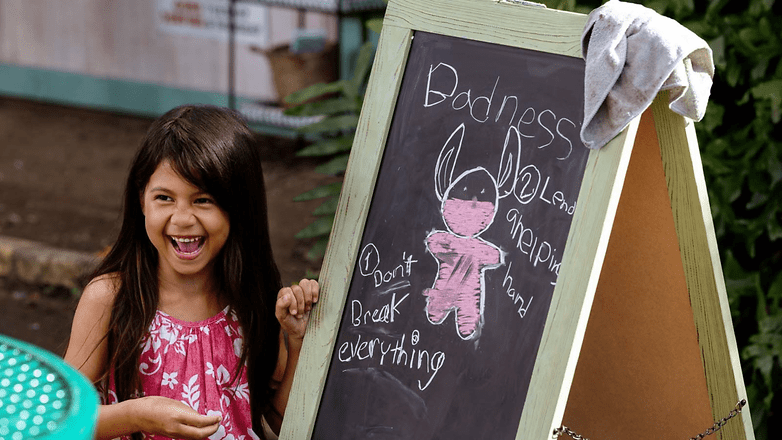
Whatever the case, this portrayal of Lilo was problematic for some who saw the film. The problem is that the character of Lilo has lost some of her depth. The character who, in the original, served as a role model to inspire introverted children to assume and explore their personalities, would have become nothing more than an empty shell of a child-lambda.
I find that this choice has the opposite effect. It humanizes Lilo and makes it easier to identify with her. Do you know many children under the age of ten (the animated Lilo is six, the actress Maia Kealoha in the remake is eight) who listen to Elvis Presley on a vinyl turntable and take and develop their own photos like in the original film? I don't.
The only time this normalization of Lilo as a child bothered me was in her relationship with Stitch and the world around her. It's a very personal interpretation, but I get the impression that the Lilo of the original has a better understanding of what's going on around her. She's more aware of the danger posed by social services to the unity of what's left of her family. And she's more aware of Stitch's true nature. She soon realizes that he's not just a strange dog, and that there's something very special about Stitch.
Nani abandons her ohana
Nani is Lilo's older sister. Since the death of their parents, she has looked after Lilo as if she were her own daughter. A phenomenon known as parentification. She sets aside all her aspirations and puts Lilo's needs first. The remake has taken up this family dynamic, but nuanced it. And that's what some viewers didn't like. In Lilo and Stitch 2025, Nani is criticized for abandoning Lilo.
The whole film revolves around the concept of ohana. "Ohana means family, family means no one should be abandoned, no one should be forgotten." It's almost the family motto of the Pelekai (Lilo and Nani's surname). And this mantra is invoked many times, both in the original film and in the 2025 remake.
At the end of the remake, Nani leaves to study marine biology at a university in California. Custody of Lilo is entrusted to Tūtū, their neighbor who has acted as a caring and protective adoptive grandmother since the beginning of the film. This is a total invention for the 2025 film, and it doesn't happen at all in the original; Tūtū doesn't even exist in 2002's Lilo and Stitch.
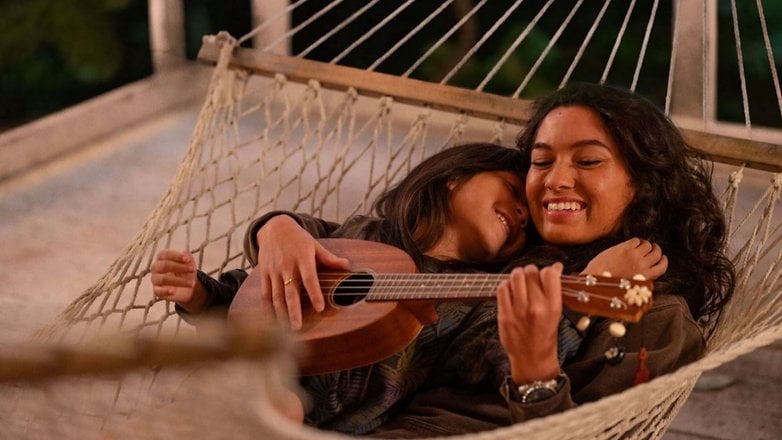
Critics of this change argue that it dilutes the relationship between Lilo and Nani, which is supposed to be fused. Nani is Lilo's surrogate parent. Once again, I think the change adds infinitely more depth to Nani's character. She extricates herself from this parentification and the imperative of being a "good mother" or "good parent". An imperative that is defended in a much more absolute and extreme way when the parent in question is a woman.
She leaves Lilo in very good hands. Mamie Tūtū is practically part of their family. Lilo remains in an apparently healthy and familiar environment, surrounded by people who love her. Nani leaves to study, which will give her a better chance of securing a better future for her sister. Lilo and Stitch is set in the United States. It's far from the ideal place to be a single parent, without a degree and with a child (and an alien) to support.
And Nani has long denied herself this dream, precisely because she didn't want to abandon Lilo. At the very beginning of the film, we even learn that she had thrown away her acceptance letter to the University (but Tūtū pulled it out of the trash).
Agent Pleakley white-washed and de-queered
This is the point that spoiled the most sensibilities. It concerns Agent Pleakley, one of the aliens who is supposed to retrieve Stitch on behalf of the Intergalactic Federation. In the original, this character had the distinction of cross-dressing with his companion Dr. Jumba, in order to go unnoticed once on Earth.
The gag lay in the fact that he disguised himself as a woman with dresses and wigs, but his alien appearance remained very noticeable despite this.
In the Lilo and Stitch of 2025, grotesque disguises are a thing of the past. Pleakley and Jumba use genetic replication technology to take on the appearance of humans. And these humans are two ordinary white men. Or at least, two white men, one of whom, Pleakley, no longer looks like a gender fluid. The director of the live-action film, Dean Fleischer Camp, says he tried, but it just didn't work.
I was eight years old when I saw the original film. I don't remember being aware of what a queer icon is, or what cross-dressing can communicate other than "it's fun", but I find Pleakley's portrayal very, very sanitized, and loses a lot of interest in the character. More importantly, I don't think keeping this personality trait would have had any negative effect on the audience for the 2025 film.
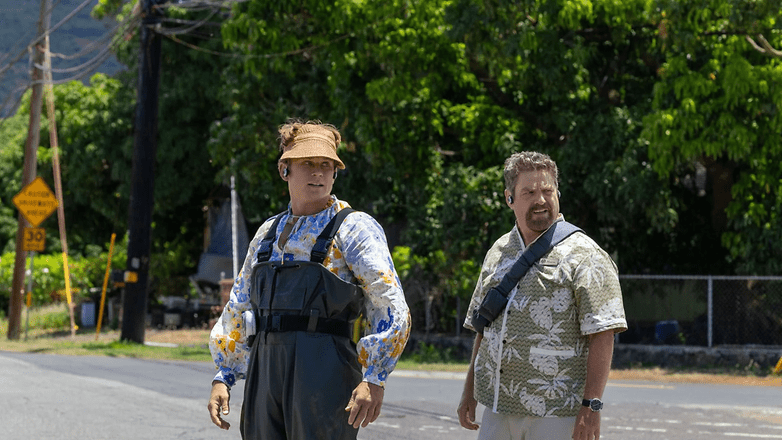
But I wouldn't go so far as to say, as some critics have, that this is a case of patting the "straights" on the back by making Pleakley's character more heteronormative. I think the reason behind the choice of Pleakley's character is essentially financial and technical.
Financial, because the agents of the actors lending their voices to the Pleakley and Jumba characters insisted that we see said actors on screen. A bit like how every character wearing a helmet in a film or series can't help but remove it so we can see his or her head.
More importantly, perhaps the cross-dressing gag doesn't work in live-action. Personally, I found Pleakley and Jumba's character design "disgusting". Even in the animated version, Jumba scared me at the time. But in the 2025 remake, I find them visually repulsive. Pleakley's skin, when not in human form, is slimy and viscous. This asperity of design is not present in the original. And that's the problem with all live-action films that try to make a character more realistic. It's often very ugly.
I also think that the hyper-realism of the characters combined with the grotesque disguises exceed the limits of my tacit suspension of disbelief. That would have taken me out of the film. But on the other hand, why not just go for a human appearance, but a human in drag?
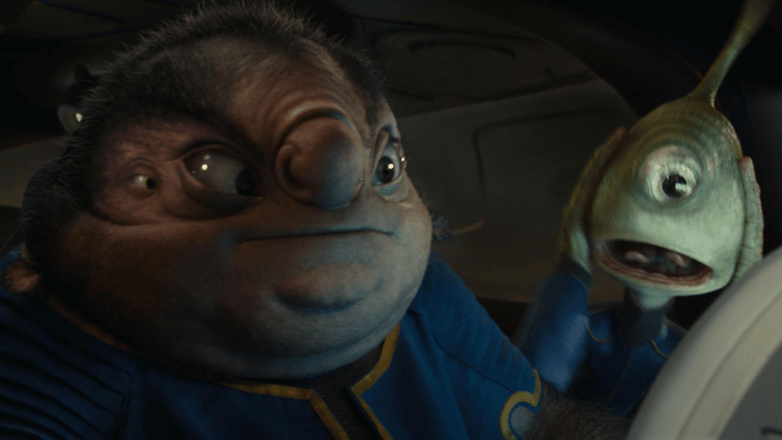
Captain Gantu completely out of the picture
This is the biggest difference between the animated Lilo and Stitch and the live-action Lilo and Stitch. The big villain, Captain Gantu with his whale-shark head, has been completely ousted from the script in the remake.
Dr. Jumba replaces Gantu as the antagonist in the live-action film, a choice defended by Dean Fleischer Camp in the columns of CinemaBlend:
Gantu was one of those things that didn't work very well in live-action. We explored it a bit, but in the end, we had to make the decision. And I stand by that decision because I feel that in trying to anchor these characters more and tell a story with a bit more emotional depth, particularly between the sisters, you have to free up space to allow breathing and do these things.

Remember when I talked about the limits of my tacit suspension of incredulity? Yes, Captain Gantu would have made all my counters explode.
But I also fully understand the critics who take exception to seeing Jumba turned into a big bad with no redemption arc whatsoever. When you consider the extent to which he becomes an essential member of Lilo's ohana at the end of the original film and its sequels, his treatment in the remake can be rightly felt as an insult.
I've always found Gantu's character hollow and one-dimensional. He's the big bad guy who does bad things because he's not nice. Removing him from the remake allows more time to develop Lilo and Nani's on-screen relationship. And I find that rather beneficial.
The real sins of the Lilo and Stitch remake
I liked the live-action adaptation of Lilo and Stitch. Did I find it better than the original animated film? Obviously not. I had a problem with the film's pace from the outset.
The film's entire introduction moves far too quickly. The remake doesn't take enough time to establish Stitch as a real potential threat, a monster, an emotionless killing machine. Moreover, Stitch becomes a good guy almost instantly after meeting Lilo.
This is much more nuanced in the animated film. Stitch is mean at first, and remains so for quite a long time. It's only after being rejected by Lilo that he realizes the value of having a family. The entire passage drawing a parallel between Stitch and the ugly duckling is totally omitted in the remake.
Another flaw, in my opinion, is the choice of actor to play the CIA agent - and social worker in his spare time - Cobra Bubbles. Courtney B. Vance simply lacks the menacing aura and imposing silhouette of the character in the 2002 animated film. What really pisses me off is that the character's dubbing actor in the original is none other than Ving Rhames. He fits the character much better, physically.
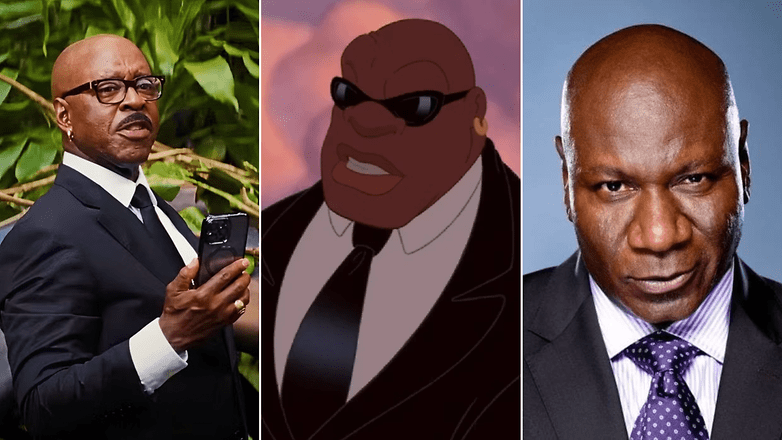
Last but not least, there's the famous cannon straight out of the Portal video game that Nani uses to visit her sister when she's in college. This post-credit scene shows Nani teleporting thanks to a gun that shoots interdimensional portals. A rifle that belonged to the big bad Jumba.
But how did Nani manage to fly from Hawaii to California with an alien weapon in her suitcase so calmly? Did she get through the x-ray like we do with laptops and liquids? This is where I have to say stop. This remake is totally unrealistic!
What did you think of Lilo and Stitch (2025)? Do you think I'm being too much of a devil's advocate? What criticisms of the remake do you share?








